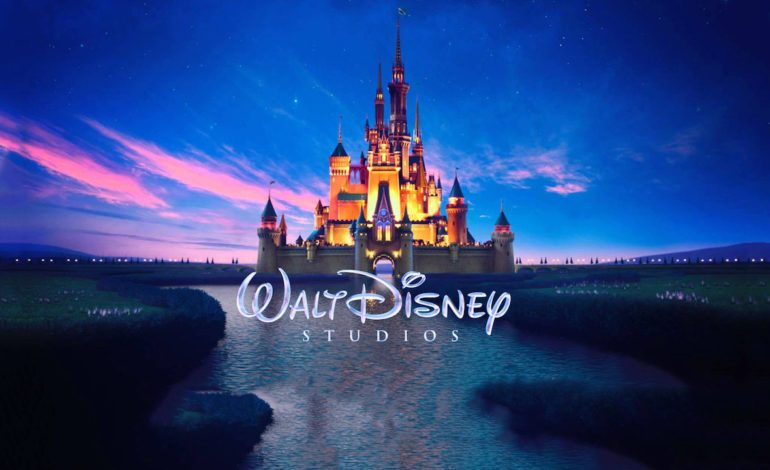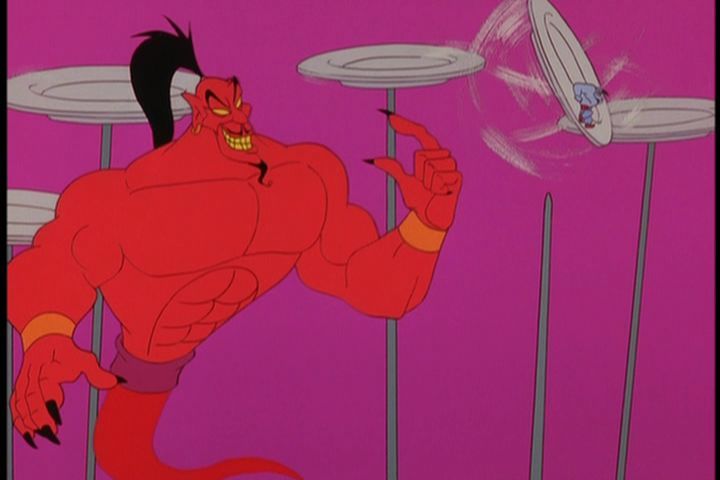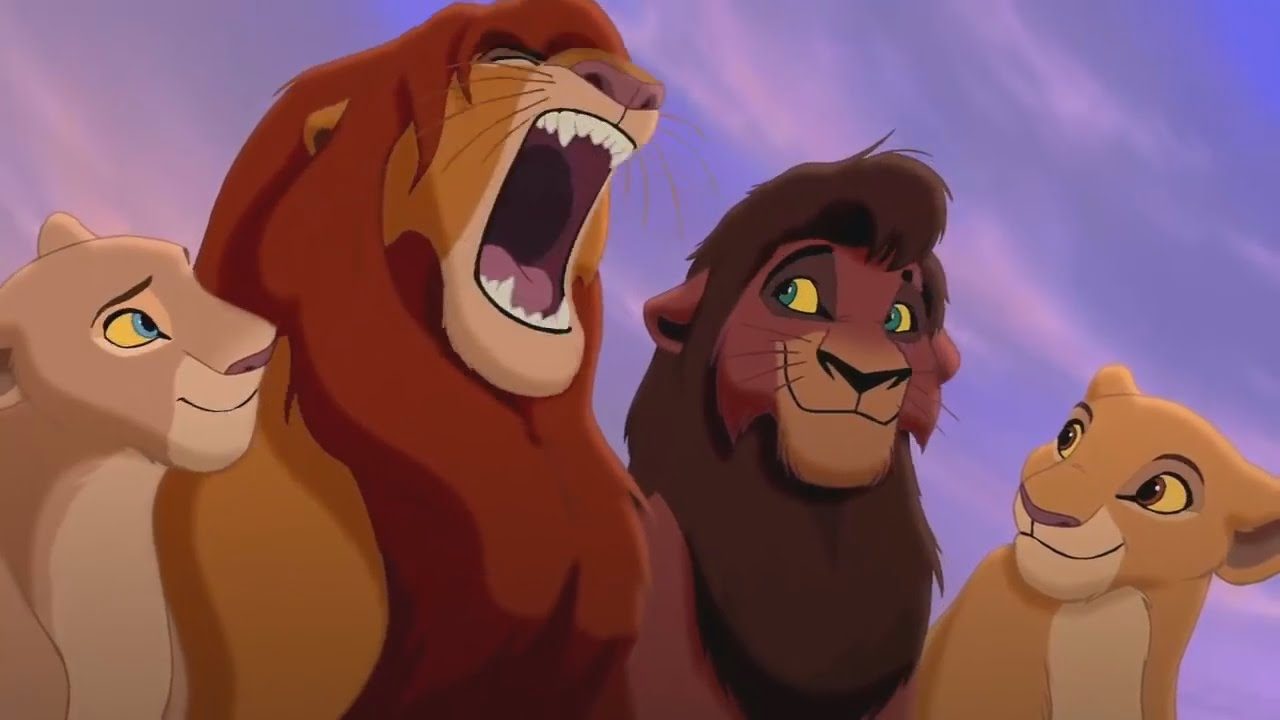

Brand recognition and integrity is something every company is mindful of and attuned to, but few have sold themselves on it in such a way as Disney. When you say something like “a Warner Bros. film” or “a Universal film”, not much in particular comes to mind. If you were to say “a Disney film” though, most people instantly have an idea of what you’re talking about. The Disney brand has been carefully curated and molded over the years into the titan of the industry seen today. Of course the studio has numerous branches that all specialize in and produce different things, but the core identity of Walt Disney Animation Studios has been put on a pedestal and has become perhaps the most recognizable film studio in history. Despite this fact, and Disney’s downright militant use of copyright law, their history with brand integrity is somewhat contradictory. The Walt Disney Company has a long and storied history of squeezing every last drop of profitability out of their IPs, and the results have ranged from successful to downright abysmal.
Most people nowadays are probably well aware of Disney’s live action remake streak. This most recent incarnation of the trend started in 2014 with Maleficent and has steadily continued, with Mulan premiering just a few months ago on Disney+. These have largely been met with mixed reception from hardcore Disney fans and critics, being labeled as unoriginal and simple cash grabs. If they’re just cash grabs, they’ve certainly been effective on the whole. Beauty and the Beast, Aladdin, and The Lion King all grossed over a billion dollars worldwide, making up for underperforming features like Dumbo and Maleficent: Mistress of Evil. These movies have been criticized both for sticking too close to the source material thus not doing enough to warrant existing, and also for straying too far from the beloved originals, and not doing right by them. It’s a lose-lose situation for many of these films right out the gate, despite doing well to do things like embrace more diverse casting. This has been especially welcomed with films like Aladdin and The Lion King, both of which stepped away from the predominantly white casts of the animated films.
Disney’s recent push of live action remakes and reimagining is not the first time they’ve attempted something like this. In the late 90s and early 2000s we didn’t have live action remakes, but direct to video sequels. These were handled by a smaller studio under the Disney umbrella, Disney MovieToons which would go on to be renamed Disneytoon Studios. The staff of this studio primarily consisted of television personnel who specialized in made for TV films and direct to video works. The first of their direct to video sequels was Return of Jafar which also doubled as a soft pilot for the upcoming Aladdin TV show. Despite poor critical reception, the film did phenomenally well on the home video market, showing that there was quite an audience for these kinds of movies.


It was a winning formula for Disney. These sequels had miniscule budgets and were guaranteed to have a built in audience on account of the established properties. Some years multiple films were able to be pumped out. While none of these sequels drew in the same kind of money that the live action remakes do, they made enough of a profit for Disney to produce them for nearly fifteen years. Nearly every Disney film got a sequel during this period, with the biggest properties like The Lion King and Cinderella getting multiple sequels. The criticisms of nearly all of these films were the same; stories that were mere retreads marred by poor animation, especially compared to the theatrical films.
Many of these films functioned as soft TV show pilots or were even just three episodes of a cancelled TV show slapped together as movie as was the case with Atlantis: Milo’s Return. If they weren’t backdoor pilots, these films usually dealt with the descendants of the original films’ protagonists going through a similar, if not the same journey. This can be seen in The Little Mermaid II: Return to the Sea and The Lion King II: Simba’s Pride. Despite being sequels, these films often faced the same problems with unoriginality that we see with the recent live action remakes, only here the animation is severely under financed, not even allowing for spectacular visuals at the bare minimum.
Some of these films, notably Simba’s Pride and Cinderella III: A Twist in Time, have managed to break free from the depths of obscurity and develop fan followings, though most have been maligned by the fans or just outright forgotten. Infamously, Pixar’s John Lasseter took a controlling role in the studio in 2007 and shut down future plans for more direct to video sequels, as he felt the uninspired work of the studio undercut the value of animation as a medium. Disneytoon would continue to release the Planes and Tinker Bell lines of films before being closed down permanently in 2018.


One would think that the sea of direct to video sequels would eventually just fade into obscurity along with much of the VHS era, but the films have developed an odd staying power. Despite most of the films being regarded as nothing more than schlock, even as recently as 2019, characters and story elements from Simba’s Pride have worked themselves into the Disney Jr. animated series The Lion Guard. Guy Ritchie is interested in doing a follow up to his Aladdin remake, possibly pulling in elements from Return of Jafar. What were once cheap cash grabs have become nostalgic as well.
And perhaps that is the true strength of the Disney brand. Even the most blatant examples of cash grabs and uninspired ideas can turn a profit simply because people love the intellectual properties so much. In the 90s it was the direct to video sequel, now it is the live action remake. In another decade or two, there may be some new form as well. One can point fingers and shame Disney all they want for being lazy or uninspired but the company’s efforts are clearly working. I personally am someone who loves a lot of Disney’s feature animated films but I’m also someone who craves innovation and exciting new things. Disney certainly isn’t out of new ideas; Raya and the Last Dragon certainly looks promising, but Disney is always going to look to get as much out of their IPs as possible.
Which brings us all the way back to the copyright laws. In a few years, the original Mickey Mouse cartoon Steamboat Willy, and the character himself are set to enter the public domain. This has been a deadline consistently pushed back as Disney has fought to extend copyright law every time it comes close to time for Mickey to enter the public domain. As previously mentioned, Disney can be very particular with its properties. If they can help it, they will never lose control of Mickey’s image and profitability like that. Just like the constant rehashing of their own property, Disney will milk the cow dry until they have to move on to a new strategy. Time will tell if Disney will actually fold on copyright law or if they will continue to push back.
